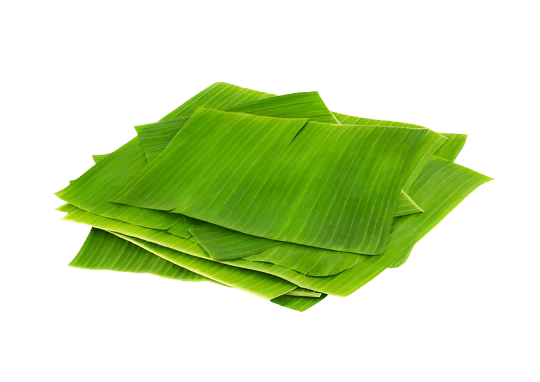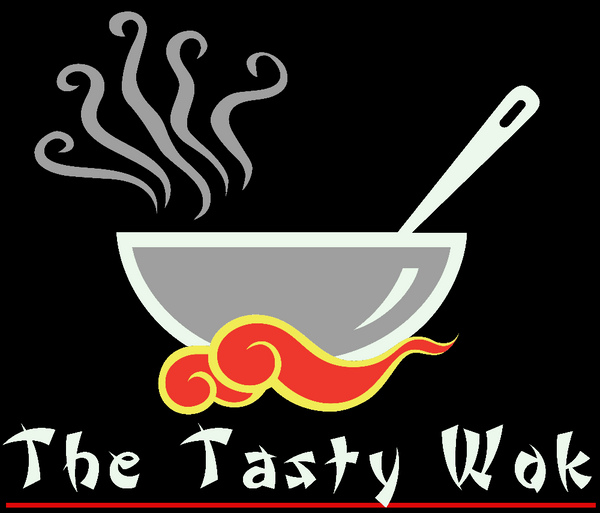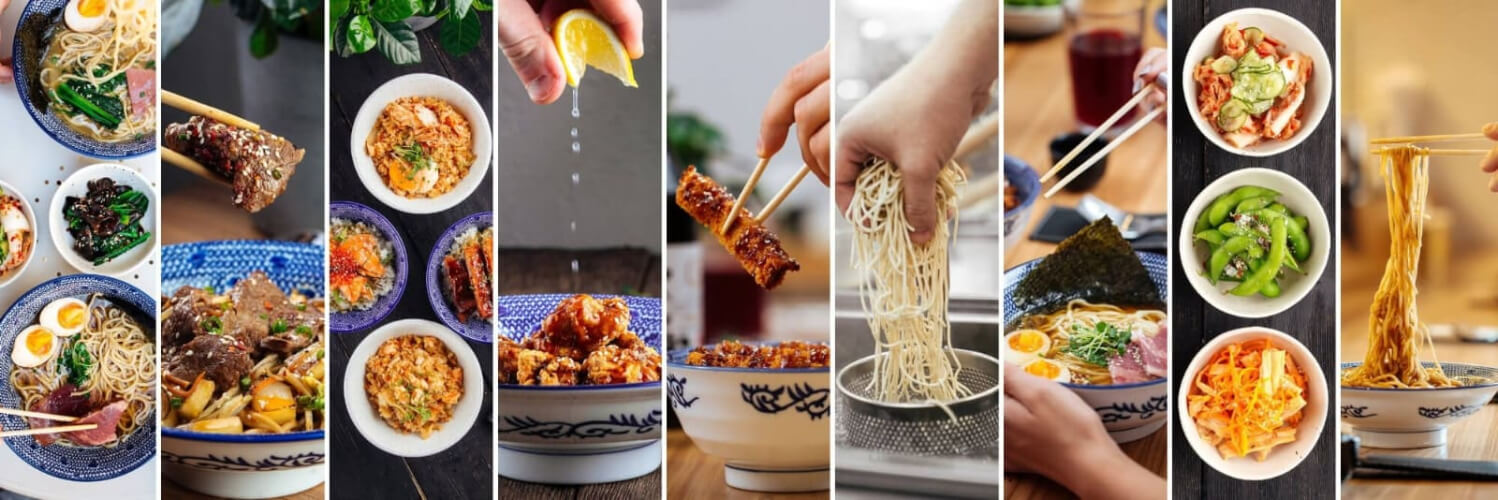
Discover the World of Genuine Vietnamese, Thai, Chinese & Filipino Food Products.
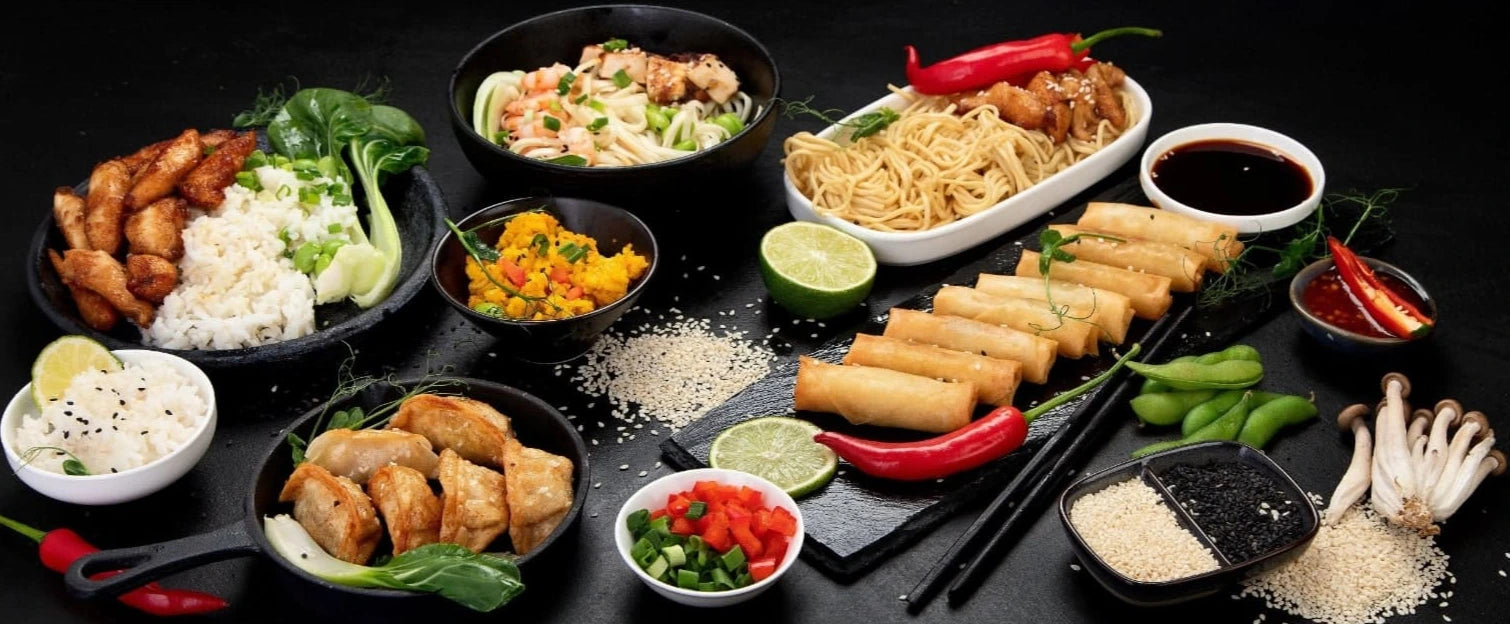

Products From:
Vietnam, Thailand, Japan, Korea, China, Malaysia, Philippines and India
Step into our Online Oriental Store & Find Genuine Authentic Asian ingredients
Unearth a selection of rarities usually reserved for discerning shoppers in Asia, treasures that mostly cannot be found on the shelves of most UK supermarkets. Most of our products are described in English to remove the confusion and help you make the right choice. Don't forget to checkout our Recipe's
As used by celebrated culinary chefs and bustling street vendors throughout Southeast Asia.
The Tasty Wok is proud to supply Michelin Starred Chefs
Please feel free to browse our Oriental Online Supermarket, If you need help please click the "Need help Button Below, Enjoy!
Our Asian Super Store
-

Tasty snacks
-

Noodles Galore
-

Huge Range Of Asian Products

Check Out More Of Our Products (Use The Main Menu To Navigate To More Catogories)
-

Asian Coffee
Asian coffee encompasses diverse flavor profiles, including the bold, earthy, and chocolatey...
-

Frozen Food
Discover an assortment of fresh and frozen food items and produce from...
Tasty Woks Latest Blogs
View all-
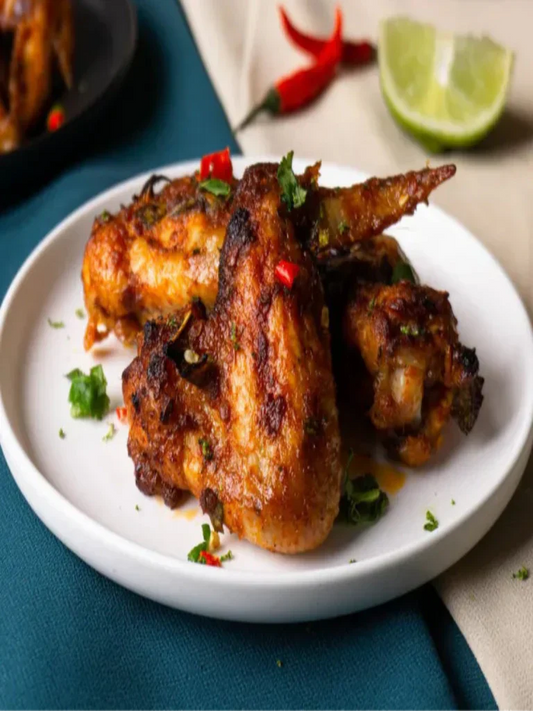
Brilliant Thai Red Curry Fried Chicken Wings
Thai Red Curry Deep Fried Chicken Wings These Thai Red Curry Chicken Wings are perfectly crispy, have just the right amount of subtle sweet heat, and they are so easy...
Brilliant Thai Red Curry Fried Chicken Wings
Thai Red Curry Deep Fried Chicken Wings These Thai Red Curry Chicken Wings are perfectly crispy, have just the right amount of subtle sweet heat, and they are so easy...
-
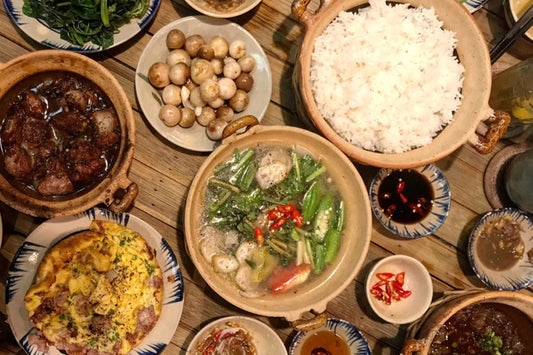
Thai Cuisine Vs Vietnamese Cuisine
Thai and Vietnamese food represents the lively traditions of food originating from Southeast Asia; both have their characteristics. Whereas Thai food is renown for its strong flavours that combine sweet,...
Thai Cuisine Vs Vietnamese Cuisine
Thai and Vietnamese food represents the lively traditions of food originating from Southeast Asia; both have their characteristics. Whereas Thai food is renown for its strong flavours that combine sweet,...
-

History Of Thai Fish Cakes (Tod Mun Pla)
This history showcases how Thai fish cakes are more than just a dish – they're a testament to Thai culinary ingenuity, representing the intersection of necessity, tradition, and artistic food...
History Of Thai Fish Cakes (Tod Mun Pla)
This history showcases how Thai fish cakes are more than just a dish – they're a testament to Thai culinary ingenuity, representing the intersection of necessity, tradition, and artistic food...
-

In a lesser known corner of Yunnan, the local b...
Recipe For The Spicy Lemony Dip Finely Chop 3 cloves garlic 2 fresh spicy chillis, e.g. Thai Bird’s Eye Chillies Chop 1 sprig coriander In a bowl, mix the above...
In a lesser known corner of Yunnan, the local b...
Recipe For The Spicy Lemony Dip Finely Chop 3 cloves garlic 2 fresh spicy chillis, e.g. Thai Bird’s Eye Chillies Chop 1 sprig coriander In a bowl, mix the above...
